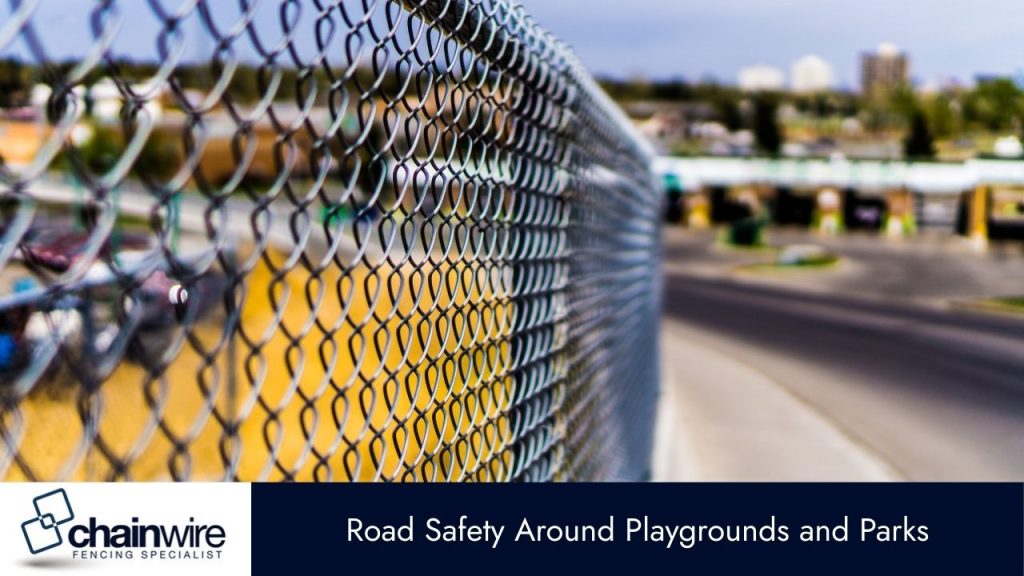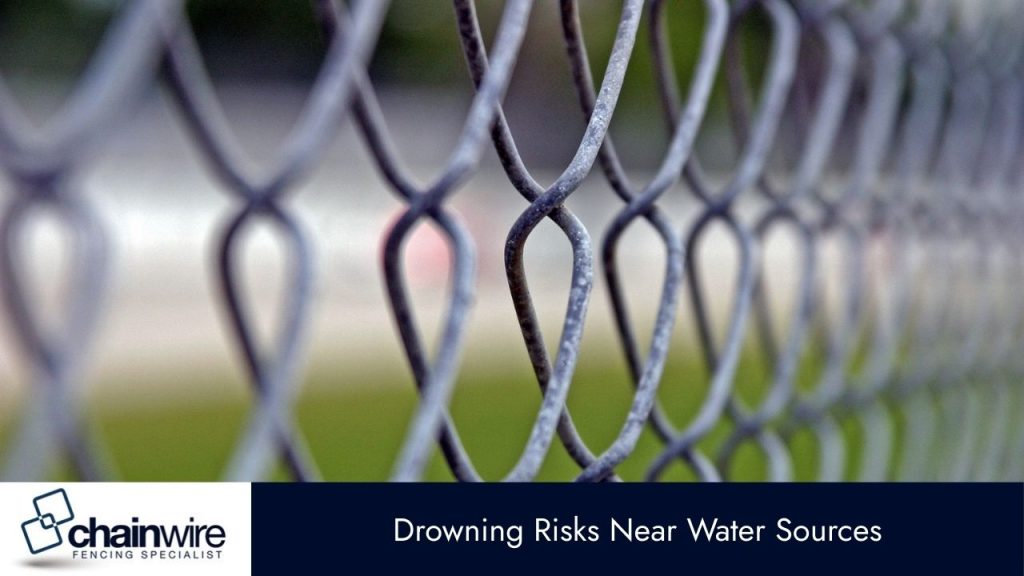Children face safety risks in public spaces with no fencing. Open layouts allow access to roads, strangers, and water sources without restriction. These areas may seem safe but carry hidden dangers, especially when children are unsupervised or distracted for even a moment.
Recent incidents show how quickly things can go wrong. A child in Lalor wandered off and was hit by a car. In other cases, drownings have occurred in stormwater drains, and abductions have taken place in unfenced parks. These risks are not rare or hypothetical—data shows that children under 12 continue to suffer injuries or worse in places where better planning could have prevented it.
Chain link fencing offers a cost-effective way to create secure zones without cutting off visibility or accessibility. It helps councils, schools, and communities define safe spaces, control access, and reduce preventable accidents. Installing fencing in parks, schools, and sports areas ensures children stay within designated boundaries and gives parents peace of mind.
Road Safety Around Playgrounds and Parks
Children are often unaware of road risks and can easily wander from parks or schoolyards onto streets or car parks. While many roads have speed restrictions, incidents still occur in areas parents assume are safe.
Between 2001 and 2010, over 4,400 children aged 0–14 were seriously injured in car-related incidents, with 204 losing their lives. Shockingly, most of these occurred in zones limited to 50–60 km/hr. Children under 12 lack the awareness to safely judge distances or vehicle speeds. This is why open park layouts with no perimeter fencing are dangerous, especially in suburban areas where footpaths lead directly to traffic.
Installing chain link fencing around parks, schoolyards, and public facilities acts as a passive barrier. It creates a clear line between safe zones and areas where accidents are more likely. Chain link remains cost-effective, easy to maintain, and suitable for long boundaries often needed in public zones.

Preventing Unsupervised Access to Strangers
Concerns about strangers in open spaces are not unfounded. A study from Deakin University ranked fear of strangers as one of the top reasons parents don’t allow children to use public facilities.
In 2009 alone, 45 child abductions were reported across Australia—some occurring in parks and sporting areas. Spaces without fencing make it easier for unknown individuals to approach children unnoticed or exit the area quickly. Open entry points mean families can’t fully control who has access to a public playground.
Fencing adds a physical checkpoint. While it can’t stop every scenario, it slows down access and keeps children visible and within a controlled space. Chain link fencing, which offers visibility while restricting access, is a proven option used in many facilities already. But it needs to be more widely adopted.
Drowning Risks Near Water Sources
Children are naturally drawn to water, often underestimating how risky open drains, dams, or streams can be. Unlike swimming pools, many of these water sources remain unfenced.
From 2002 to 2012, Australia recorded 1,186 drowning deaths in lakes, rivers, stormwater drains, and similar locations. Over 260 of those were children under 12. These deaths are not just limited to rural areas—many creeks, sumps, and water retention zones in suburban communities are open and unprotected.
Strategic fencing can reduce access and prevent unsupervised entry into these areas. It’s not about locking kids away, but about preventing accidental slips or curiosity from turning deadly. Chain link options are adaptable to various site shapes and can be installed at appropriate heights for specific water risks.

Safety in School and Sports Grounds
Unfenced school grounds and sports areas leave gaps in supervision. Younger students often follow stray balls or peers outside boundaries, placing them near traffic, nearby properties, or unfamiliar people. These risks increase during recess, lunch, or after-school hours when staff coverage may vary.
Adding a physical boundary helps define where students should stay and keeps movement within view. Installing sporting field fencing allows schools to maintain control over access points while still providing full visibility for staff. These fences also prevent after-hours entry, damage to turf, or use of the space without permission.
A clear perimeter supports both student safety and long-term site management.
Final Advice from Chainwire Fencing
Leaving play areas unfenced puts children at risk. We’ve seen how quickly accidents can happen—whether it’s road access, water hazards, or unauthorised entry. While education and supervision are important, they aren’t enough on their own.
At Chainwire Fencing Newcastle, we work directly with councils, schools, and property managers to design fencing layouts that improve safety without restricting visibility. Whether it’s a park, sports ground, or education facility, we help identify the gaps and install durable barriers that match the site’s needs.
If you’re planning a new play space or reviewing an existing one, get in touch. We’ll walk through the site with you and provide practical recommendations to improve safety.
Contact our team to book a site visit and get advice on the right fencing for your space.

